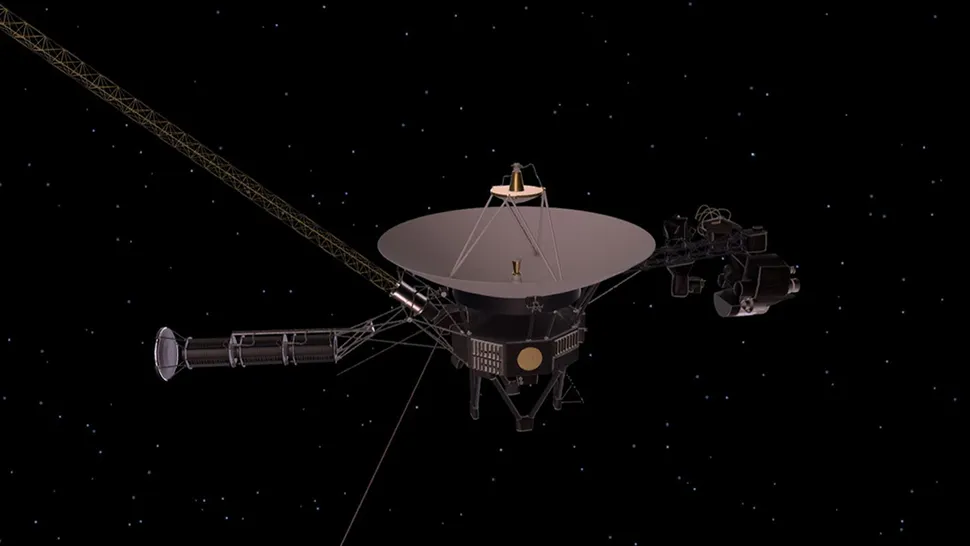All right, everyone — we can all breathe a sigh of relief. NASA’s Voyager 1 spacecraft is fully operational once more, with all four science instruments returning usable data to Earth.
The problems began in November 2023, when Voyager 1 lost its ability to “speak” with us. More specifically, it started sending to Earth unintelligible data instead of its normal 0s and 1s of binary code. Of course, Voyager 1 is 46 years old — ancient for a spacecraft — so it wasn’t entirely a surprise that its health might be waning. And that’s not to mention that it’s in entirely uncharted interstellar territory, some 15 billion miles (24 billion kilometers) from Earth.
Voyager 1’s dogged team was determined to not only figure out what went wrong, but also to fix the problem. And they’ve succeeded! Controllers identified where the issue was located: the flight data subsystem (FDS), used to “package” data to be sent to Earth. Further sleuthing revealed the exact chip causing the problem, which allowed them to find a workaround. After the team relocated the code to a new location in the FDS, Voyager 1 finally sent back intelligible data on April 20, 2024 — but only from two of its four science instruments. Now, just two months later, Voyager 1’s remaining two science instruments are back up and running, communicating effectively with mission control on Earth.
Even if Voyager 1 had gone dark for good, however, the mission would still have been a wild success. After it launched in 1977, its primary mission was to study Jupiter and Saturn — that was accomplished by 1980. (Its twin spacecraft, Voyager 2, went on to study Uranus and Neptune.) But Voyager 1 is on an unstoppable path. Continuing its journey away from Earth, the spacecraft entered interstellar space in 2012, returning crucial data about this mysterious realm.
All right, everyone — we can all breathe a sigh of relief. NASA’s Voyager 1 spacecraft is fully operational once more, with all four science instruments returning usable data to Earth.
The problems began in November 2023, when Voyager 1 lost its ability to “speak” with us. More specifically, it started sending to Earth unintelligible data instead of its normal 0s and 1s of binary code. Of course, Voyager 1 is 46 years old — ancient for a spacecraft — so it wasn’t entirely a surprise that its health might be waning. And that’s not to mention that it’s in entirely uncharted interstellar territory, some 15 billion miles (24 billion kilometers) from Earth.
Voyager 1’s dogged team was determined to not only figure out what went wrong, but also to fix the problem. And they’ve succeeded! Controllers identified where the issue was located: the flight data subsystem (FDS), used to “package” data to be sent to Earth. Further sleuthing revealed the exact chip causing the problem, which allowed them to find a workaround. After the team relocated the code to a new location in the FDS, Voyager 1 finally sent back intelligible data on April 20, 2024 — but only from two of its four science instruments. Now, just two months later, Voyager 1’s remaining two science instruments are back up and running, communicating effectively with mission control on Earth.
Even if Voyager 1 had gone dark for good, however, the mission would still have been a wild success. After it launched in 1977, its primary mission was to study Jupiter and Saturn — that was accomplished by 1980. (Its twin spacecraft, Voyager 2, went on to study Uranus and Neptune.) But Voyager 1 is on an unstoppable path. Continuing its journey away from Earth, the spacecraft entered interstellar space in 2012, returning crucial data about this mysterious realm.
Source: https://www.space.com/voyager-1-fully-operational



